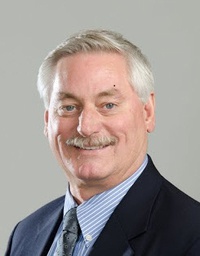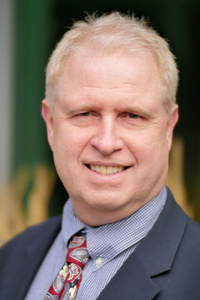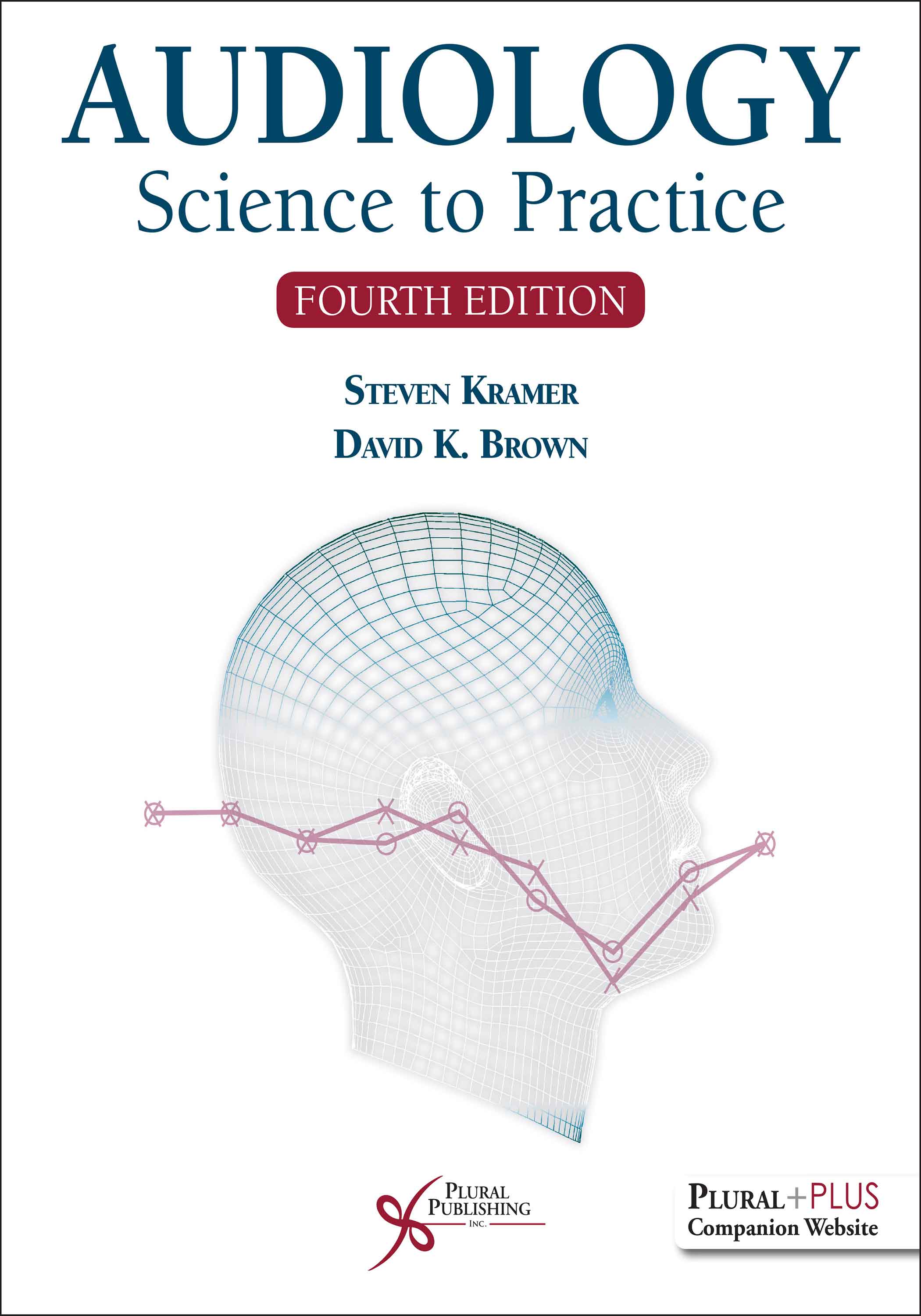
Audiology: Science to Practice
Fourth Edition
Steven Kramer, David K. Brown
Details: 487 pages, 2-Color, Softcover, 8.5" x 11"
ISBN13: 978-1-63550-346-3
© 2023 | Available
For Instructors
Purchase
With two new chapters, improved artwork, and significant updates made throughout, the fourth edition of Audiology: Science to Practice continues to be the most comprehensive textbook for audiology and hearing science courses, as well as for health care professionals wanting a better understanding of hearing science and audiology practices. It is written in a style that makes new or difficult concepts relatively easy to understand, while still providing more coverage of hearing and vestibular science and clinical audiology than other introductory texts.
Topics include information about the profession of audiology, acoustics, anatomy and physiology of the auditory and vestibular systems, preparing for the patient, otoscopy, pure-tone audiometry and speech measures, audiogram interpretations, masking, tympanometry, acoustic reflexes, wideband acoustic immittance, otoacoustic emissions, auditory brainstem responses, hearing screening, hearing aids, assistive listening aides, cochlear and other implantable devices, vestibular evaluation, descriptions of auditory and vestibular disorders, and aural rehabilitation. There is also a chapter on the roles of speech-language pathologists related to understanding and caring for persons with hearing and balance concerns. Where relevant, the material includes evidence-based practice.
New to the Fourth Edition
- Two new chapters: Role of the Speech-Language Pathologist and Other Treatments and (Re)habilitation of Hearing and Balance Disorders
- Many new beautifully drawn two-color anatomy and physiology illustrations
- Black and white figures have been color-enhanced
- Several chapters were reorganized and updated to include vestibular anatomy, physiology, and vestibular disorders within the relevant auditory chapters
- A separate chapter on vestibular evaluation and bedside screening
- Many chapters expanded to provide information on environmental factors that affect the transmission of sound, signal-to-noise ratio, preparation for testing, cerumen management, assistive listening technology systems (HATS), and status of over-the-counter hearing aids
- Updated references and standards throughout
Key Features
- Many illustrations to help clarify and expand on key concepts
- Chapters begin with a list of learning objectives and end with key references
- Punctuated with historical and informational set-aside boxes
- An easy-to-read writing style to help students understand scientific concepts
- Key terms highlighted throughout with a comprehensive end-of-book glossary
- A PluralPlus companion website with PowerPoint lecture slides and an image bank for instructors, James Jerger’s chapter on the History of Audiology, and more
The authors have also created a companion study aid for students, Audiology Workbook, Fourth Edition.
Reviews
“This fourth edition is an introductory text to the field of audiology with in-depth content needed for the beginning student. The third edition was published in 2018. This new edition has updated content in all chapters and added two new chapters on treatment and the speech-language pathology role.
This book offers comprehensive, yet introductory coverage for those with little to no background in audiology. It provides an introduction to and the history of audiology, hearing science, and clinical audiology…
The intended audience is undergraduate speech and hearing science majors (communication disorders), graduate speech-language pathology students, and doctoral audiology students…
Beginning the book with history of the profession and audiology as a career is a perfect introduction to this resource. The first line, "Welcome to the fascinating world of audiology!" demonstrates the readability and connection of the authors to the readers. The glossary words are highlighted in blue within the text. Instead of including definitions on the page, this provides a cleaner, less distracting read while still offering assistance of ready content to the readers. The book covers science, anatomy and physiology, diagnostic tests, pathologies, and therapy.
Likely the best aspect of this text is the way the authors write directly to the student, which draws the readers in. As a professor of undergraduate and graduate audiology courses, I can attest that this is a very well-written, easy-to-understand and engaging text for students…”
–Lori J. Newport, AuD, Biola University, from Doody’s Reviews (May 2022)
Preface
Contributors
PART I. Perspectives on the Profession of Audiology
Chapter 1. The Discipline of Audiology
Professional Organizations in the United States
Development of the Profession of Audiology
References
Chapter 2. Audiology as a Career
Education and Professional Credentials in the United States
What Do Audiologists Do?
Membership Demographics in the United States and Work Settings
References
PART II. Fundamentals of Hearing and Balance Science
Chapter 3. Properties of Sound and Speech Acoustics
Simple Vibrations and Sound Transmission
Frequency
Wavelength
Other Factors That Affect Sound Propagation
Phase
Amplitude
Intensity and Pressure
Decibels
Inverse Square Law
Audibility by Frequency
Complex Sounds
Signal-to-Noise Ratio
Resonance
Acoustics of Speech
Filtering
Psychoacoustics
References
Chapter 4. Anatomy of the Auditory and Vestibular Systems
Overview and General Orientation
Outer Ear
Middle Ear
Inner Ear
Neural Pathways
References
Chapter 5. Functions of the Auditory and Vestibular Systems
Air-to-Fluid Impedance Mismatch
Outer Ear
Middle Ear
Inner Ear (Cochlea)
Cochlear Nerve
Summary of the Auditory Transduction Process
Tuning Curves
Frequency Coding
Intensity Coding
Vestibular System
References
PART III. Evaluation of the Auditory and Vestibular Systems
Chapter 6. Preparation for Testing and Pure-Tone Audiometry
Preparation for Testing
Case History
Otoscopy
Pure-Tone Audiometry
Test Environment
Audiometers
Transducers
Air Conduction Versus Bone Conduction Testing
Obtaining Pure-Tone Thresholds
Variables Influencing Thresholds
Variations with Young Children or Difficult-to-Test Populations
References
Chapter 7. Audiogram Interpretation
Audiogram
Describing Audiograms
Other Audiogram Situations to Consider
Pure-Tone Average
Decibel of Sensation Level
References
Chapter 8. Speech Audiometry
Speech Testing Equipment and Calibration
Speech Threshold Measures
Word Recognition Score
Interpreting Word Recognition Scores
Speech-in-Noise Tests
Variations with Young Children or Difficult-to-Test Populations
References
Chapter 9. Masking for Pure-Tone and Speech Audiometry
Interaural Attenuation
Maskers
Making Decisions on When to Mask
How to Mask for Air Conduction Pure-Tone Thresholds (Plateau Method)
How to Mask for Bone Conduction Pure-Tone Thresholds (Plateau Method)
Summary of Pure Tone Masking Steps
Masking Examples for Pure-Tone Thresholds
Masking for Speech Audiometry
References
Chapter 10. Immittance
Immittance Concepts
Tympanometry
Wideband Acoustic Immittance
Acoustic Reflex Threshold
Acoustic Reflex Decay
References
Chapter 11. Auditory Evoked Physiologic Responses
Otoacoustic Emissions
Auditory Brainstem Responses
Auditory Steady-State Responses
References
Chapter 12. Screening for Hearing Loss
Historical and Current Practice Guidelines
Hearing Identification Programs
Screening the Hearing of Newborns
School Age Children
Adults
Screening Outcomes and Efficacy
References
Chapter 13. Vestibular Evaluation and Screening
Nystagmus
Basic Test Battery
Other Vestibular Tests
Office/Bedside Screening
References
Chapter 14. Disorders of Hearing and Balance
Describing Hearing Disorders
Outer Ear
Middle Ear
Inner Ear (Cochlear) Acquired
Auditory Nerve and Central Nervous System
Nonorganic (Functional) Hearing Loss
Tinnitus
Vestibular System
References
PART IV. Treatment/Management of Hearing Problems
Chapter 15. Hearing Aids
H. Gustav Mueller
Hearing Aid Dispensing
Workflow for the Selection and Fitting of Hearing Aids
Assessment of Hearing Aid Candidacy—Step 1
Treatment Planning—Step 2
Selection and Fitting of Hearing Aids—Step 3
Basic Hearing Aid Styles
Hearing Aid Programming
Verification—Step 4
Orientation—Step 5
Validation—Step 6
Hearing Assistive Technology Systems
References
Chapter 16. Implantable Devices
Bone-Anchored Implant
Middle Ear Implant
Cochlear Implant
Auditory Brainstem Implant
References
Chapter 17. Other Treatments and (Re)habilitation of Hearing and Balance Disorders
Cerumen Management
Tinnitus
Aural Habilitation
Aural Rehabilitation
Vestibular Rehabilitation
References
Chapter 18. Role of the Speech-Language Pathologist
Collaboration
Counseling
Prevention and Wellness
Screening
Assessment
Treatment
Modalities, Technology, and Instrumentation
Population and Systems
References
Glossary
Index
Science to Practice, Fourth Edition comes with access to supplementary student and instructor materials on a PluralPlus companion website.
STUDENTS:
To access the student materials, you must register the access code printed on the inside front cover of your textbook on the companion website.
INSTRUCTORS:
To access the instructor materials, you must contact Plural Publishing, Inc. to be verified as an instructor and receive your access code.
Email: instructormaterials@pluralpublishing.com
Tel: 866-758-7251 (toll free) or 858-492-1555
*Note for students: If you have purchased this textbook used or have rented it, your access code will not work if it was already redeemed by the original buyer of the book. Plural Publishing does not offer replacement access codes for used or rented textbooks.
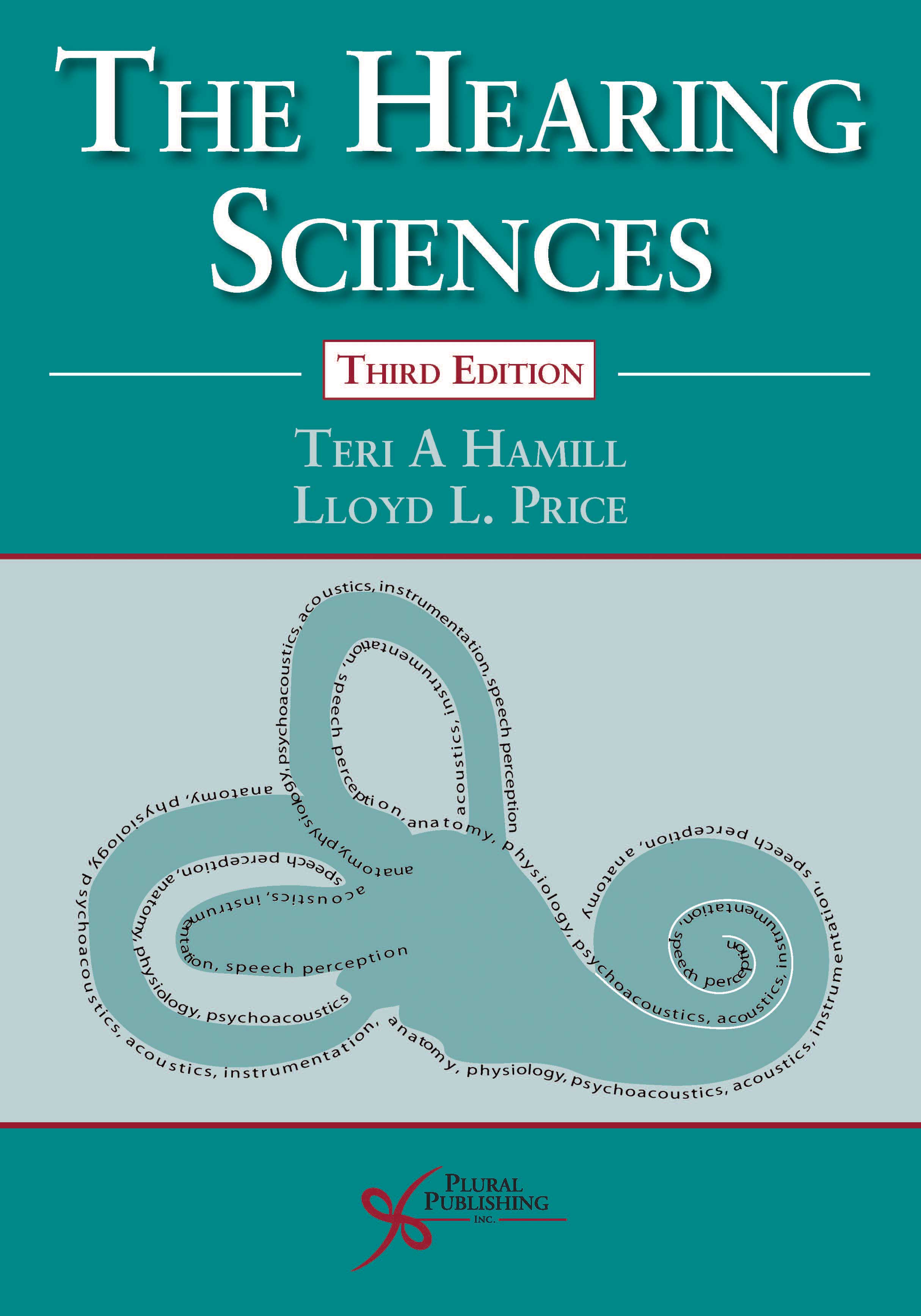
The Hearing Sciences
Third Edition
Teri A. Hamill, Lloyd L. Price
Details: 637 pages, B&W, Softcover, 8.5" x 11"
ISBN13: 978-1-94488-363-8
© 2019 | Available
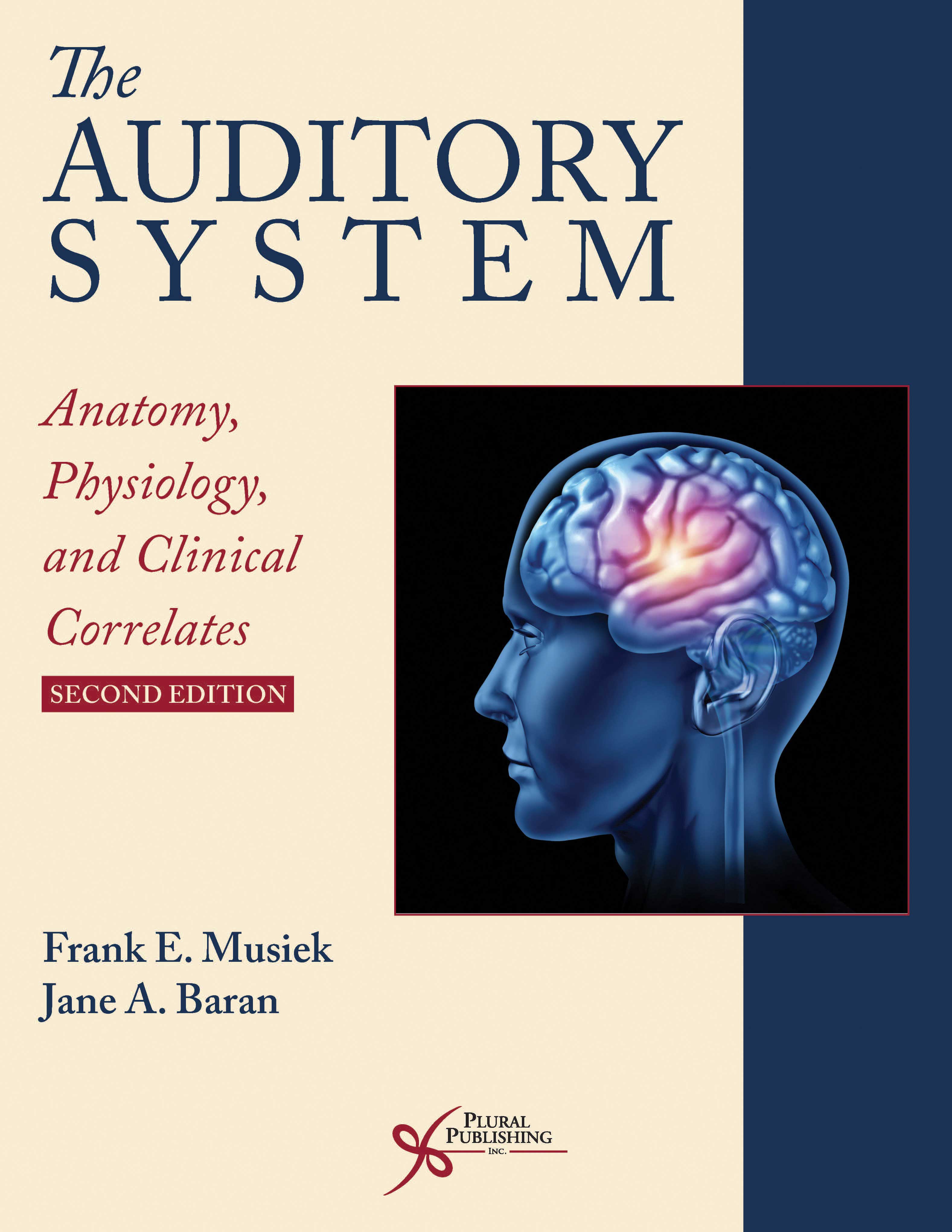
The Auditory System: Anatomy, Physiology, and Clinical Correlates
Second Edition
Frank E. Musiek, Jane A. Baran
Details: 487 pages, Full Color, Hardcover, 8.5" x 11"
ISBN13: 978-1-94488-300-3
© 2020 | Available
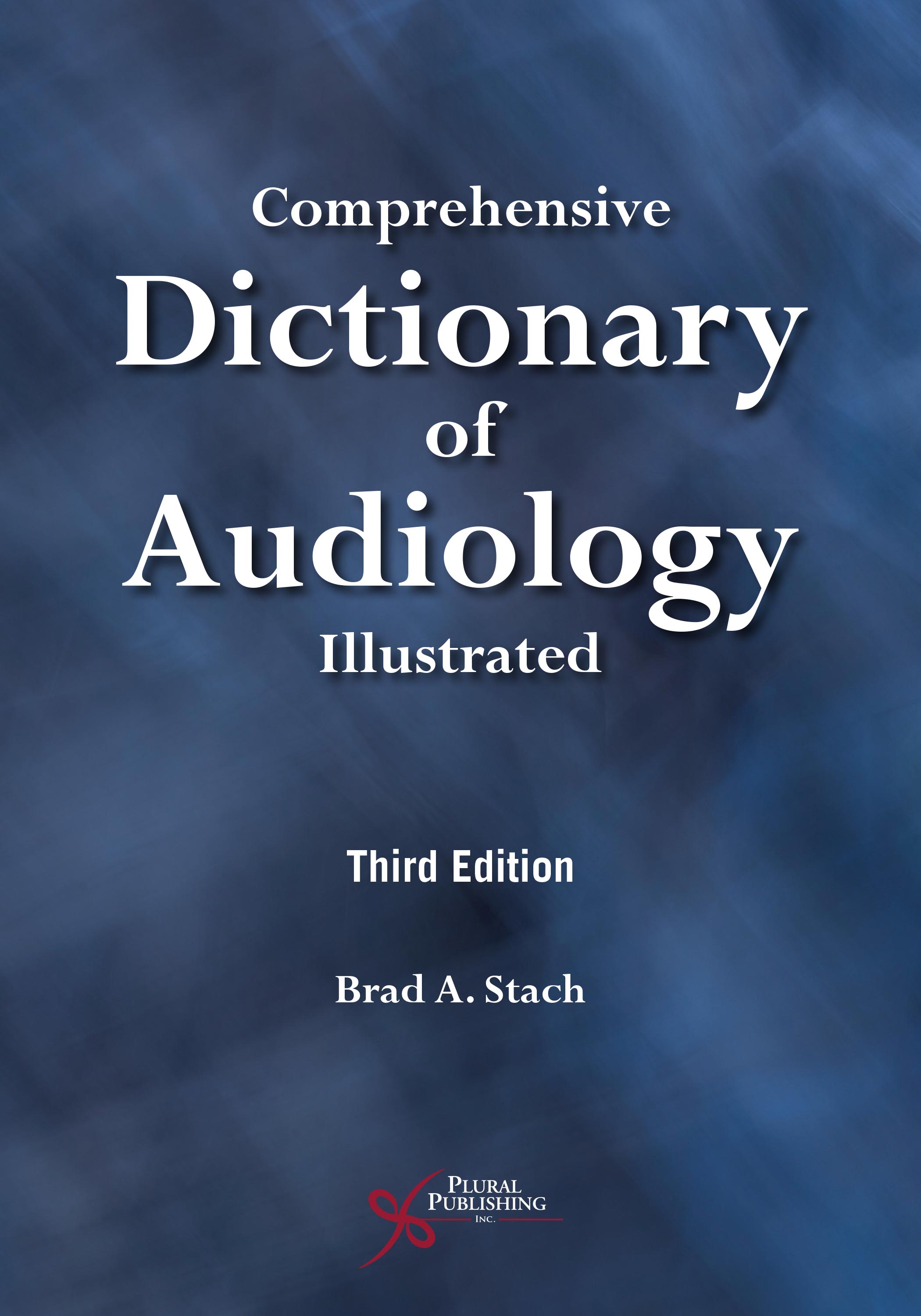
Comprehensive Dictionary of Audiology: Illustrated
Third Edition
Brad A. Stach
Details: 349 pages, B&W, Softcover, 7" x 10"
ISBN13: 978-1-94488-389-8
© 2019 | Available
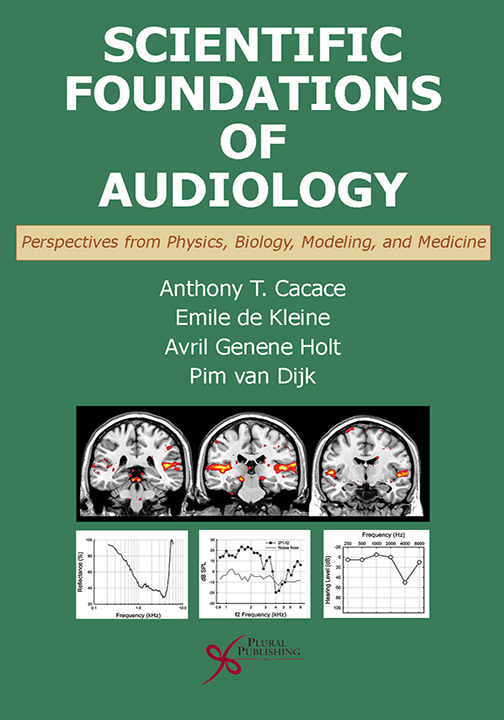
Scientific Foundations of Audiology: Perspectives from Physics, Biology, Modeling, and Medicine
380 pages, B&W, Hardcover, 7" x 10"
Anthony T. Cacace, Emile de Kleine, Avril Genene Holt, Pim van Dijk
Details: 380 pages, B&W, Hardcover, 7" x 10"
ISBN13: 978-1-59756-652-0
© 2016 | Available
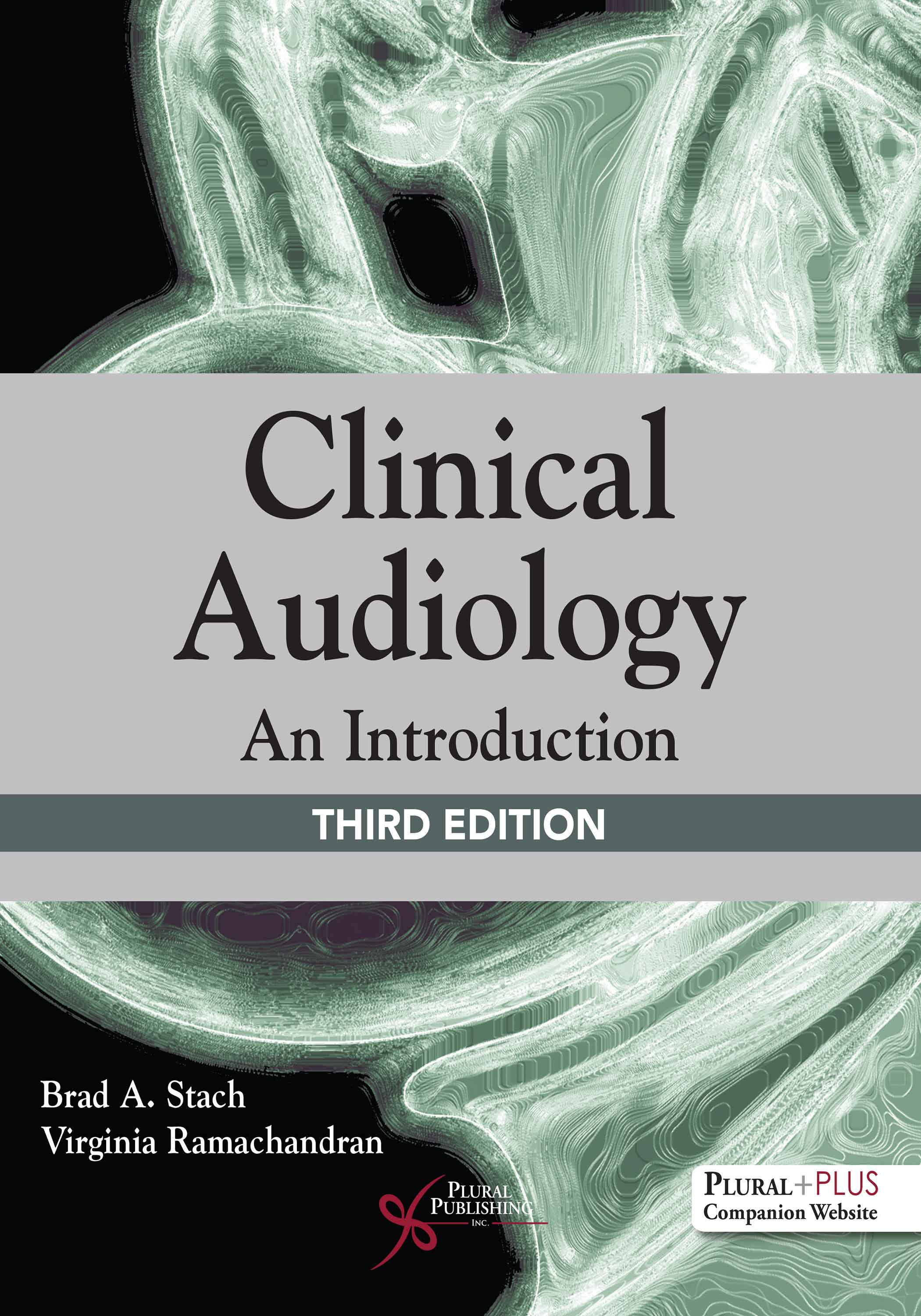
Clinical Audiology: An Introduction
Third Edition
Brad A. Stach, Virginia Ramachandran
Details: 575 pages, 2-Color, Hardcover, 8.5" x 11"
ISBN13: 978-1-94488-371-3
© 2022 | Available
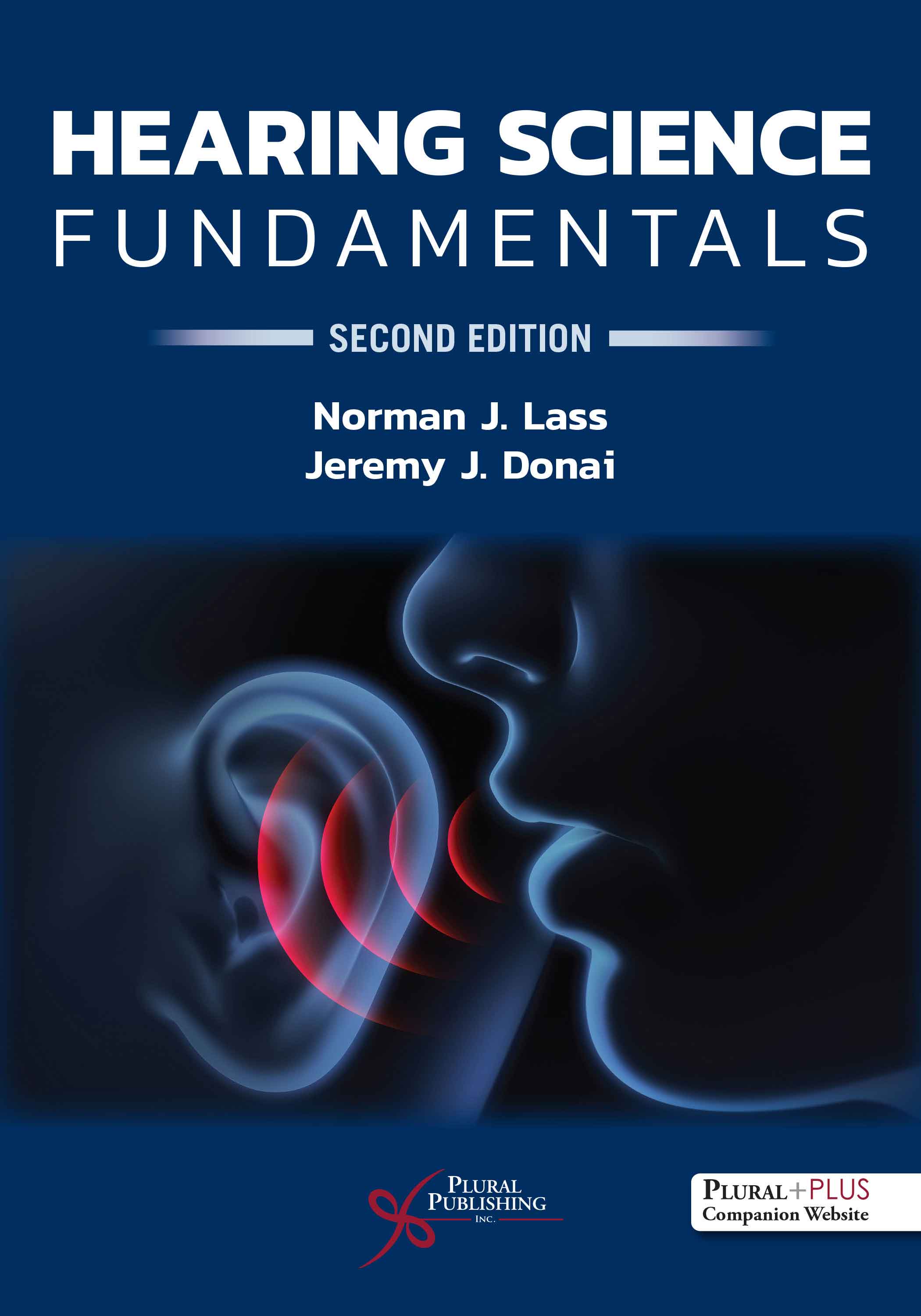
Hearing Science Fundamentals.
Second Edition
Norman J. Lass, Jeremy J. Donai
Details: 370 pages, 2-Color, Softcover, 7" x 10"
ISBN13: 978-1-63550-328-9
© 2023 | Available
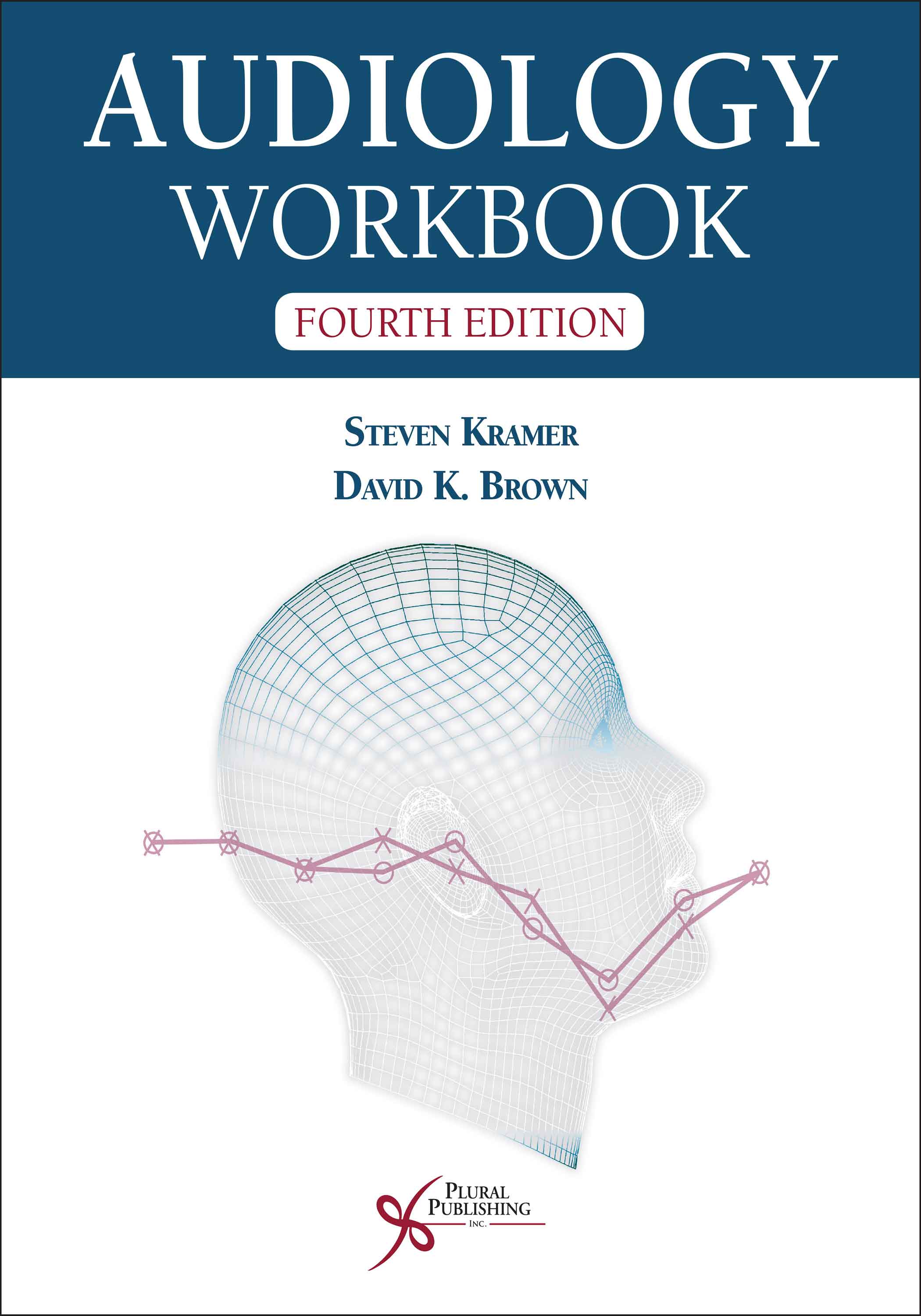
Audiology Workbook
Fourth Edition
Steven Kramer, David K. Brown
Details: 437 pages, B&W, Spiral Bound, 8.5" x 11"
ISBN13: 978-1-63550-348-7
© 2023 | Available
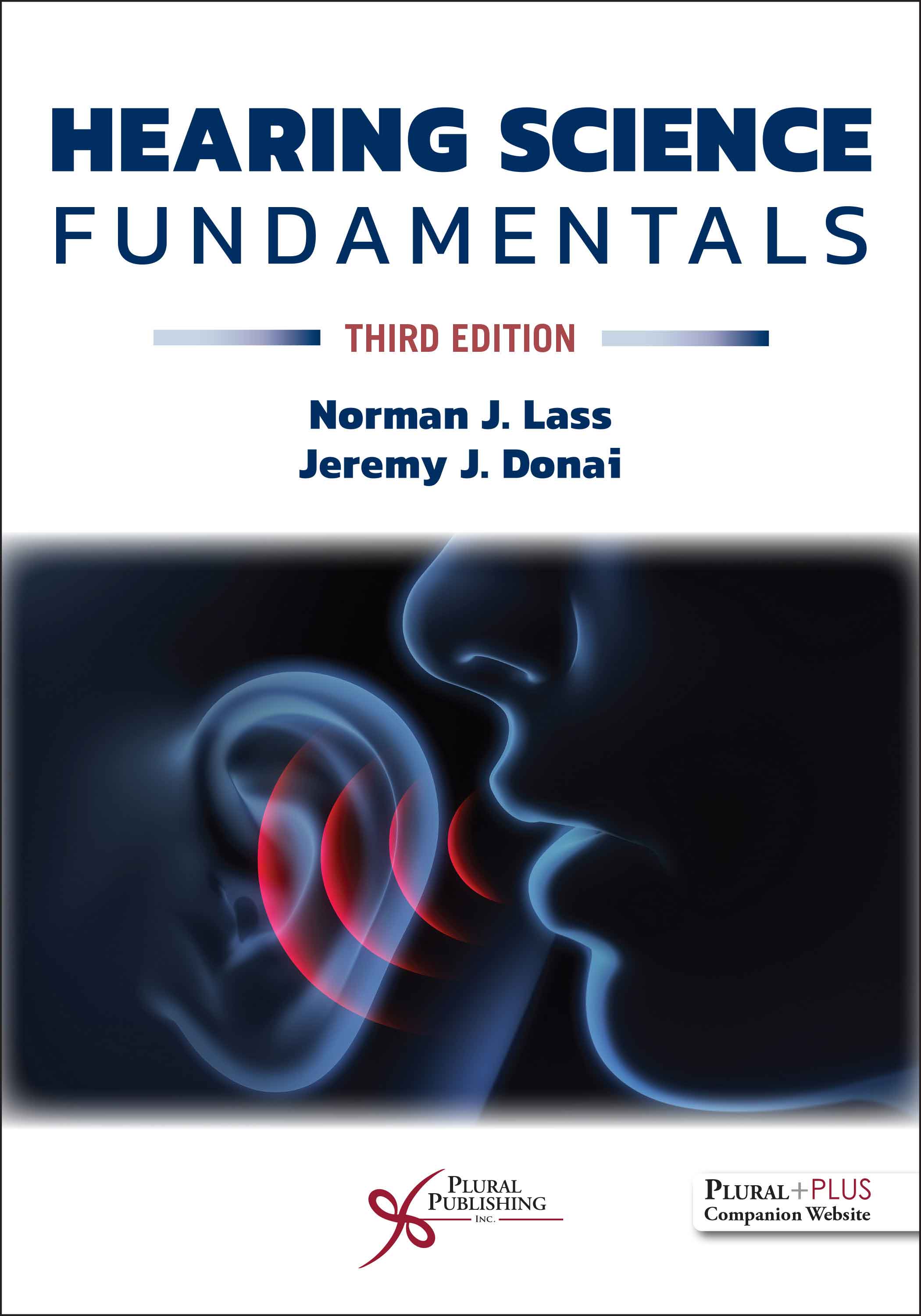
Hearing Science Fundamentals
Third Edition
Norman J. Lass, Jeremy J. Donai
Details: 395 pages, 2-Color, Softcover, 7" x 10"
ISBN13: 978-1-63550-772-0
© 2026 | Coming Soon
Release Date: 07/31/2025

